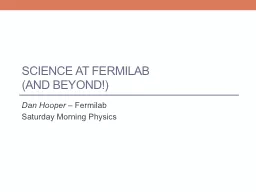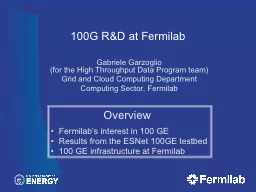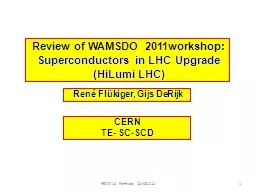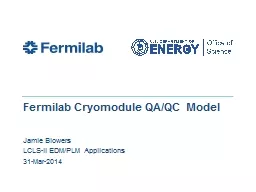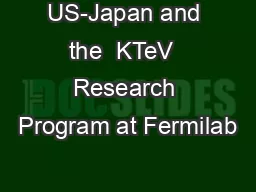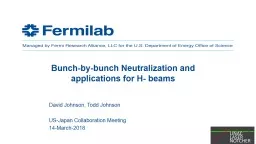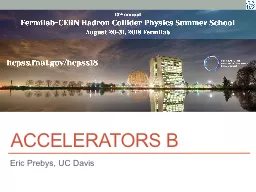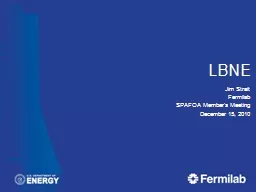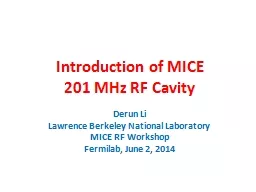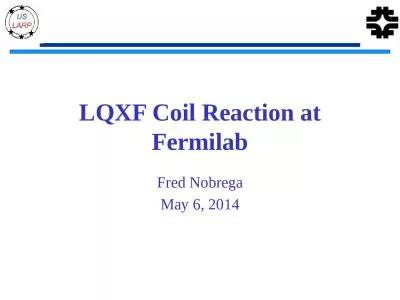PPT-Science at fermilab (and beyond!)
Author : ginocrossed | Published Date : 2020-06-22
Dan Hooper Fermilab Saturday Morning Physics What is Physics Physics is hard to define Here are some definitions that I found in online dictionaries T he science
Presentation Embed Code
Download Presentation
Download Presentation The PPT/PDF document "Science at fermilab (and beyond!)" is the property of its rightful owner. Permission is granted to download and print the materials on this website for personal, non-commercial use only, and to display it on your personal computer provided you do not modify the materials and that you retain all copyright notices contained in the materials. By downloading content from our website, you accept the terms of this agreement.
Science at fermilab (and beyond!): Transcript
Download Rules Of Document
"Science at fermilab (and beyond!)"The content belongs to its owner. You may download and print it for personal use, without modification, and keep all copyright notices. By downloading, you agree to these terms.
Related Documents

